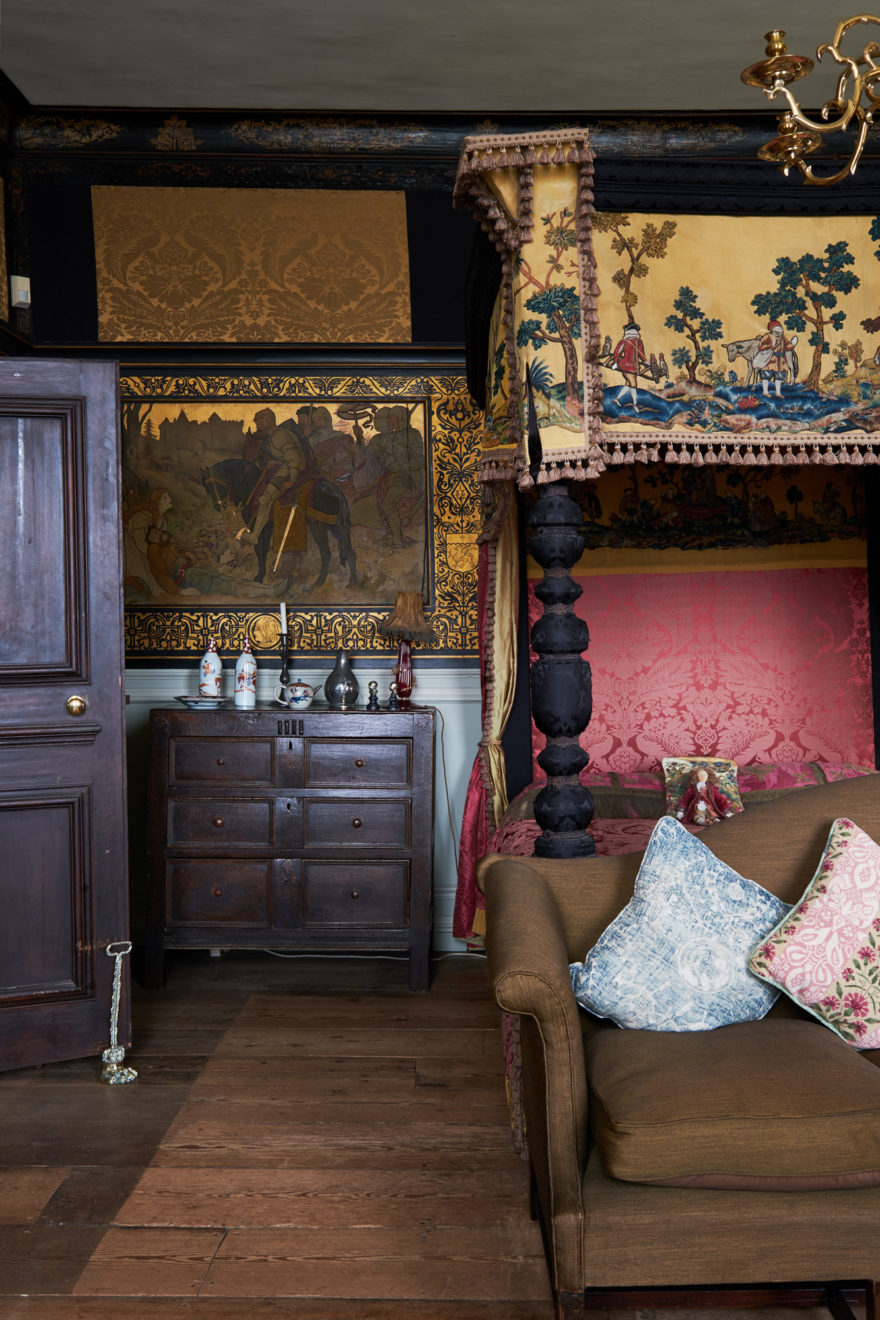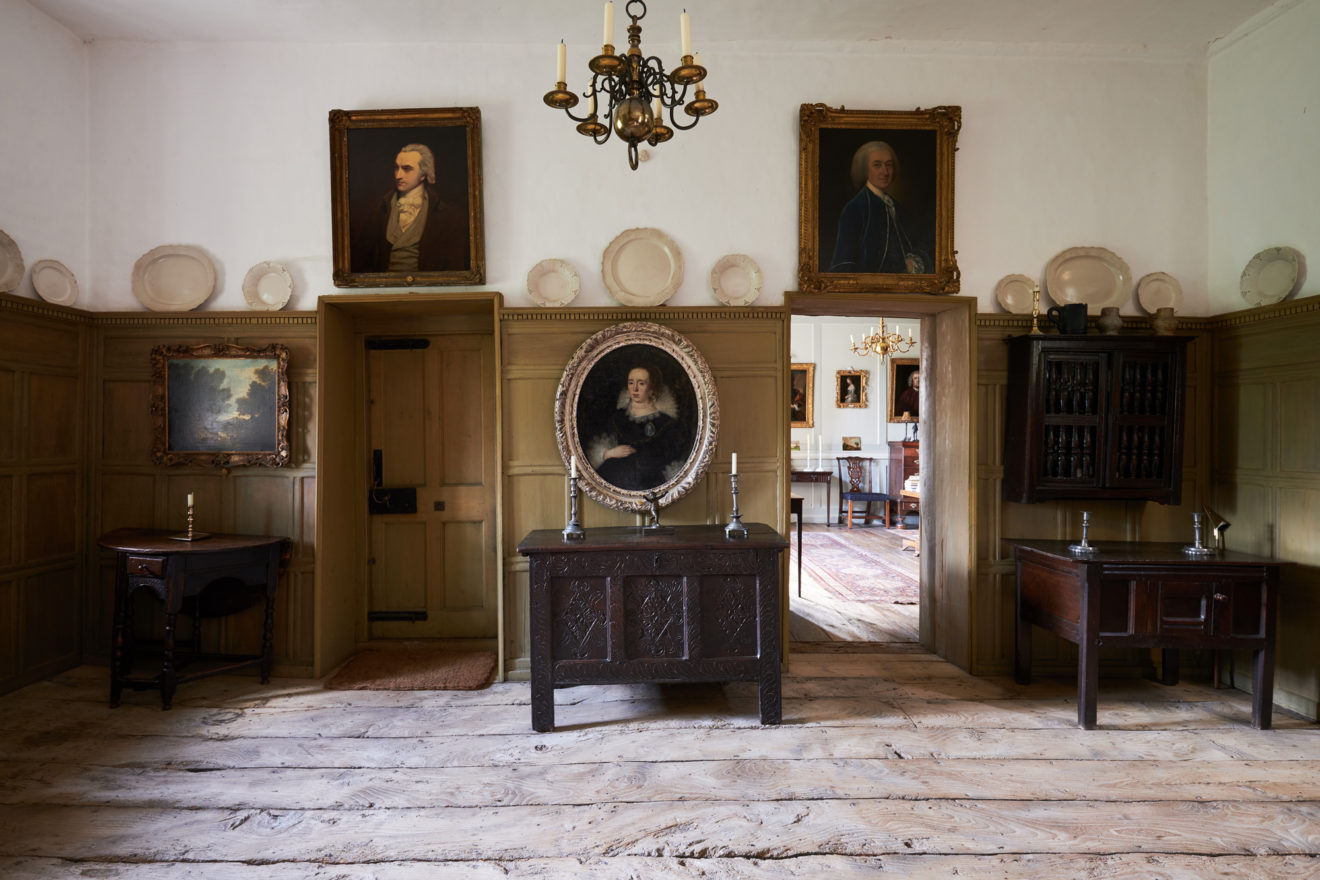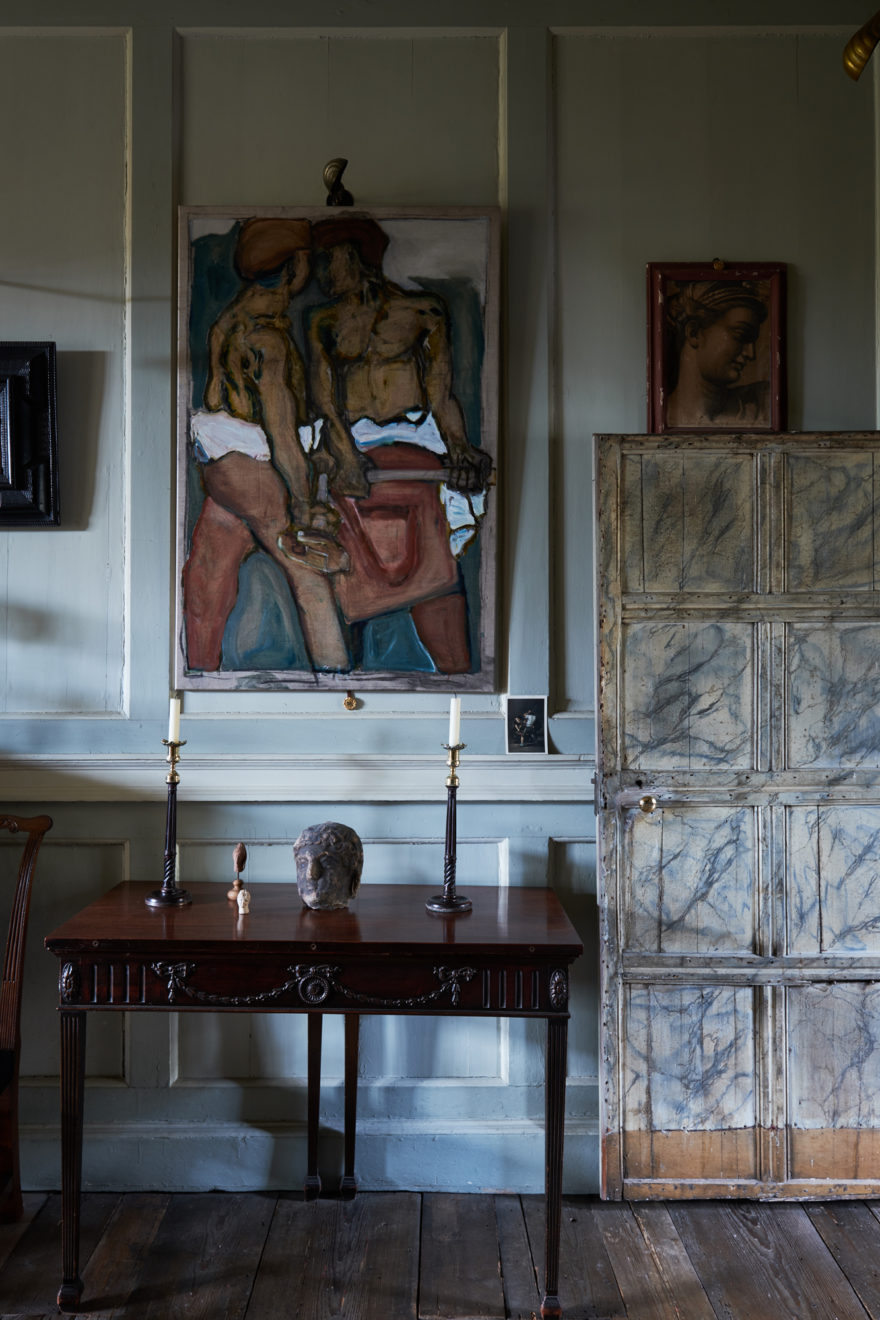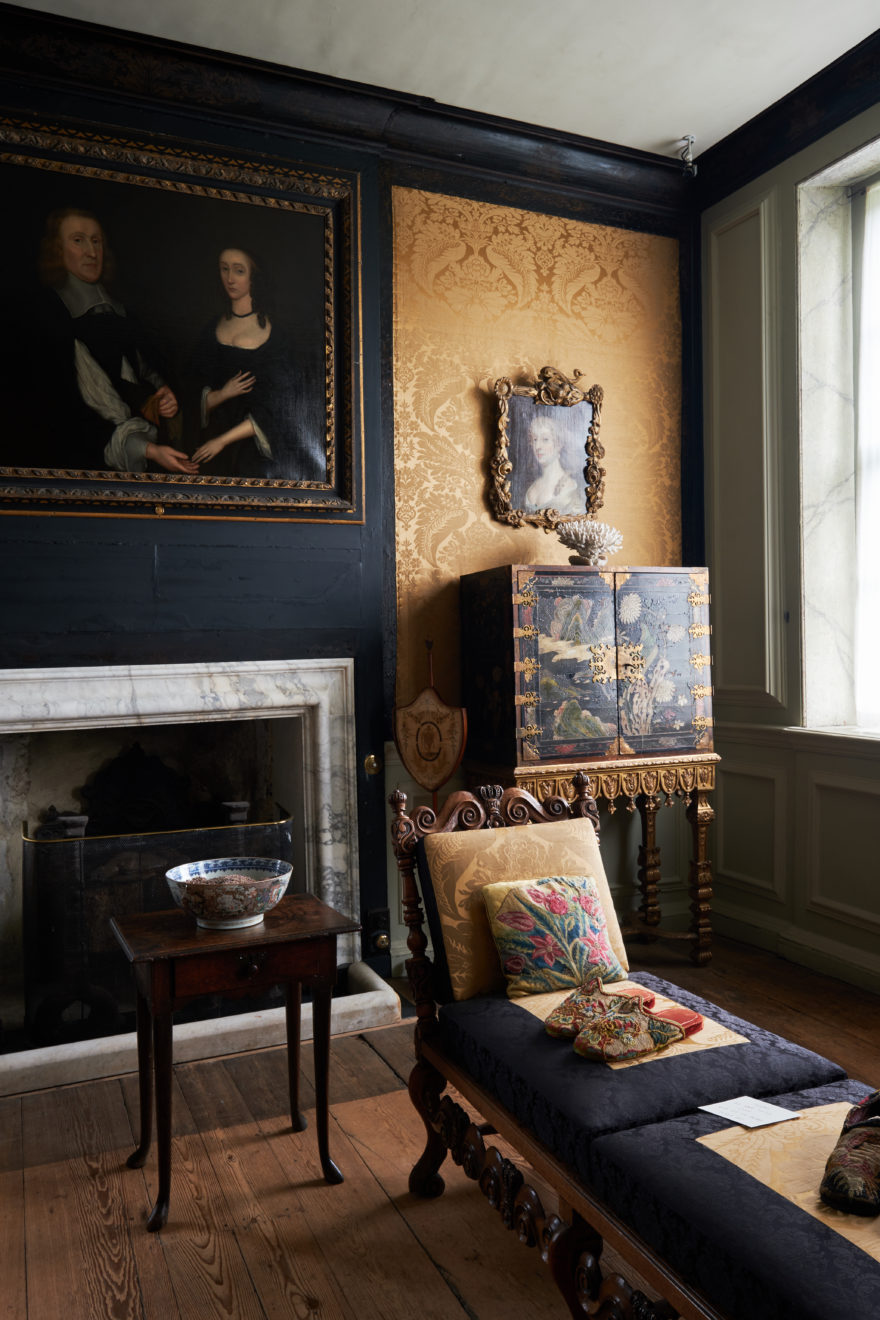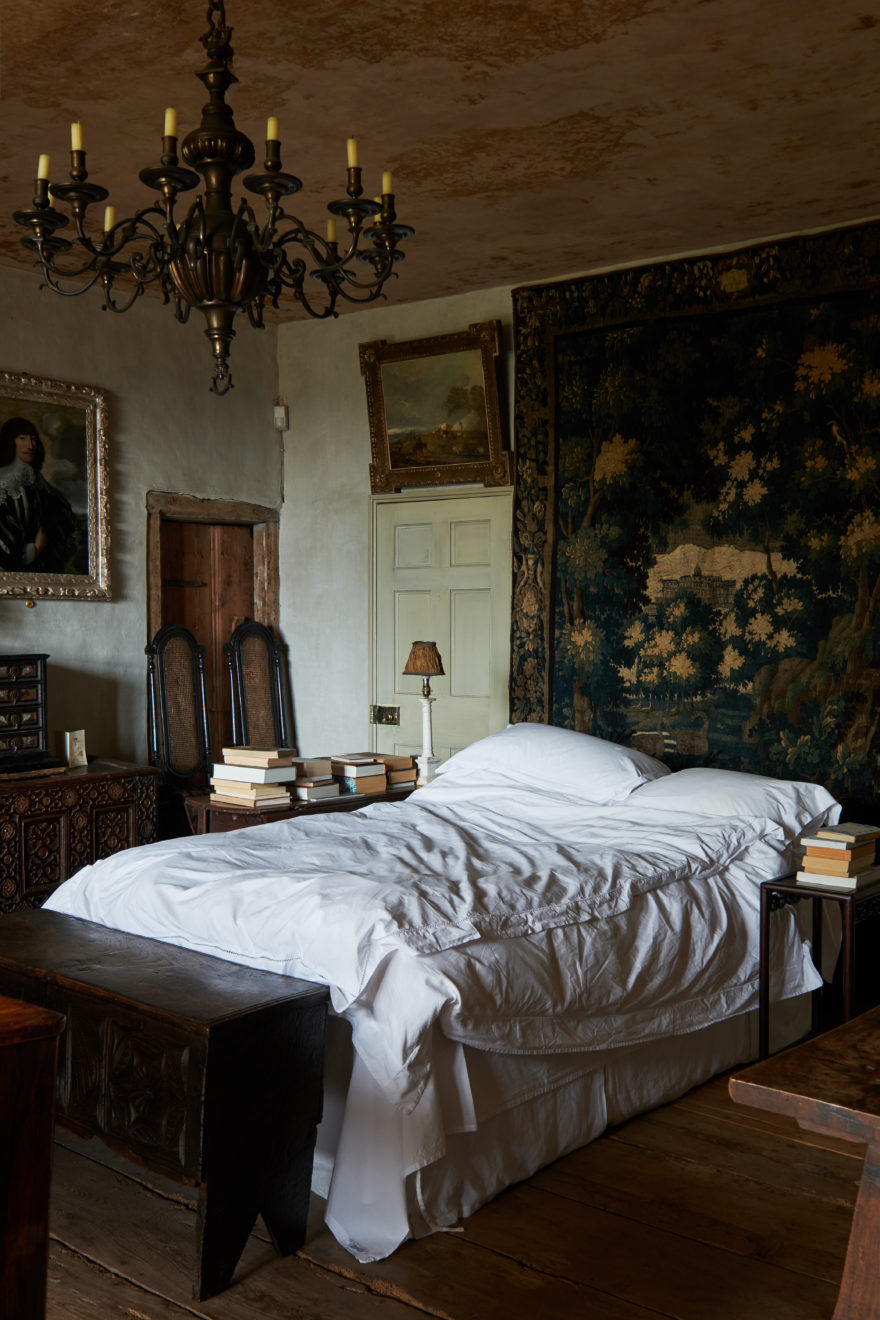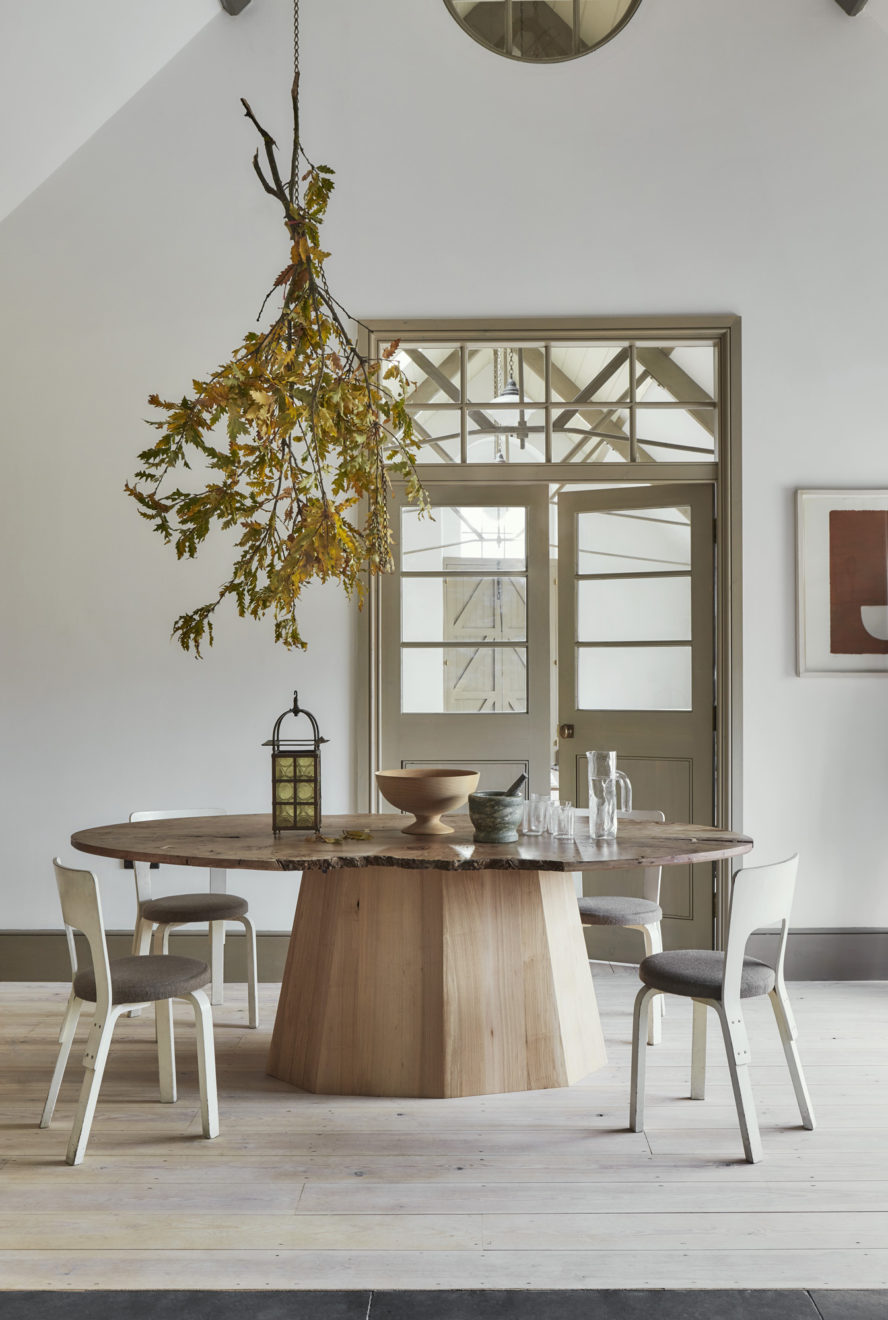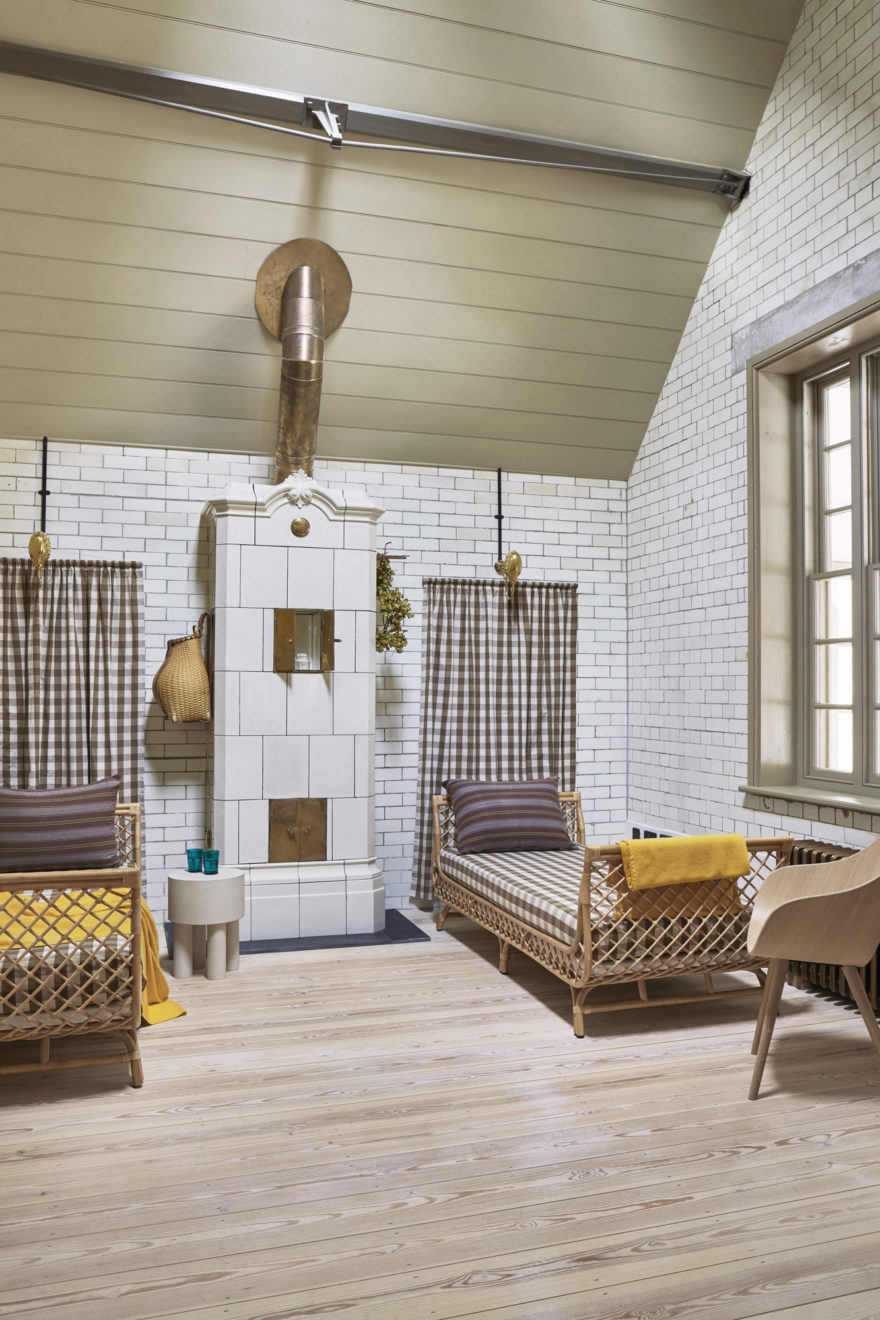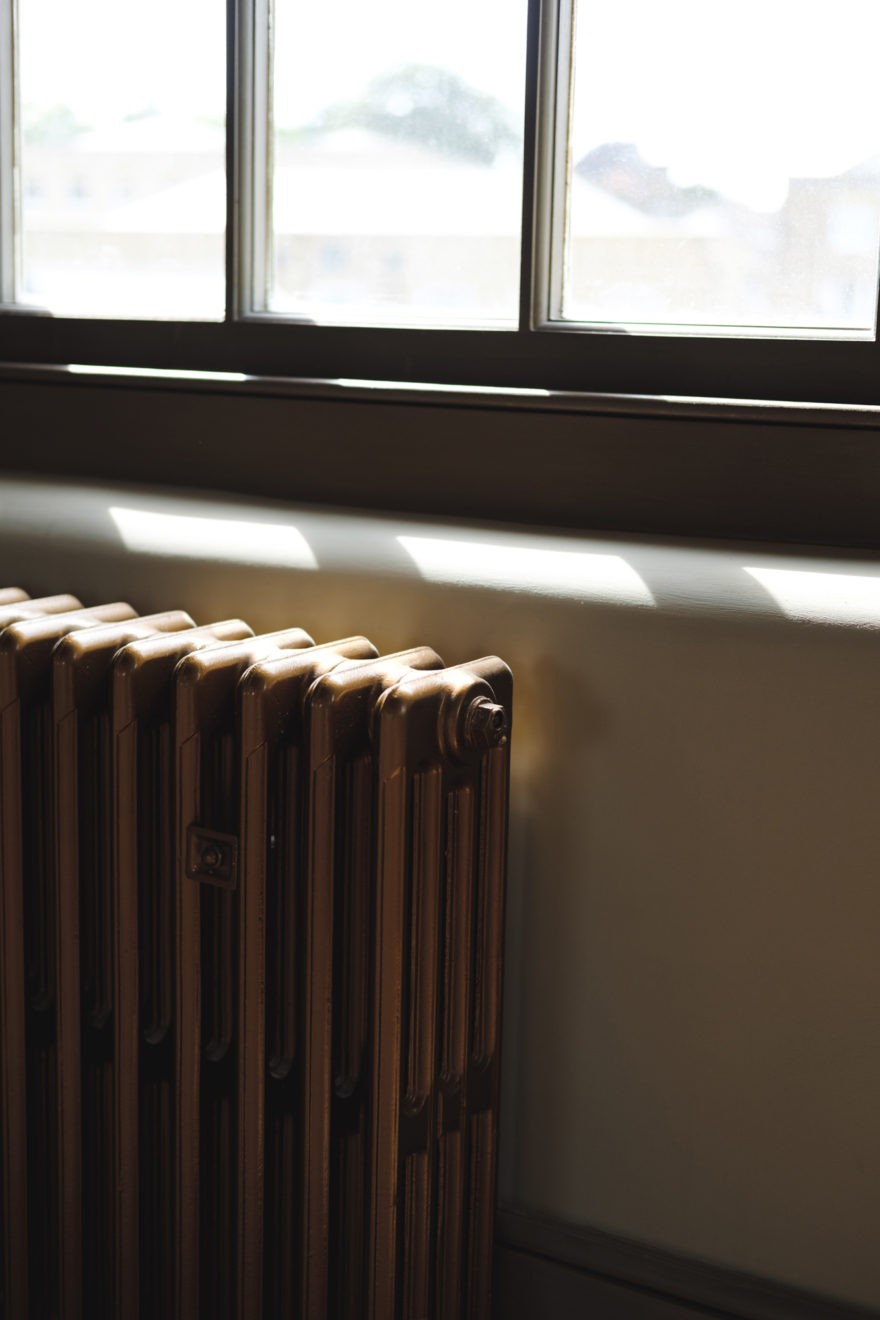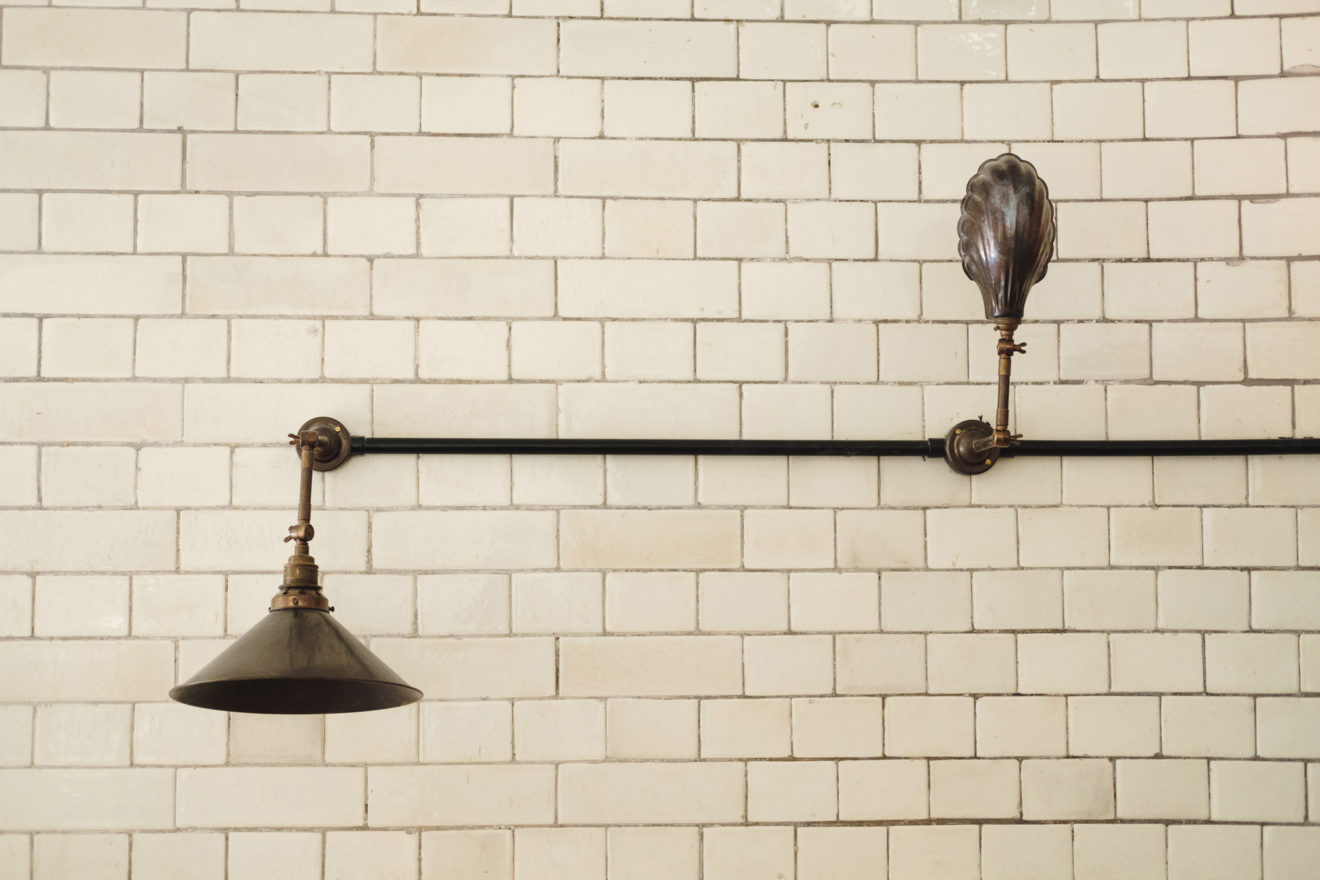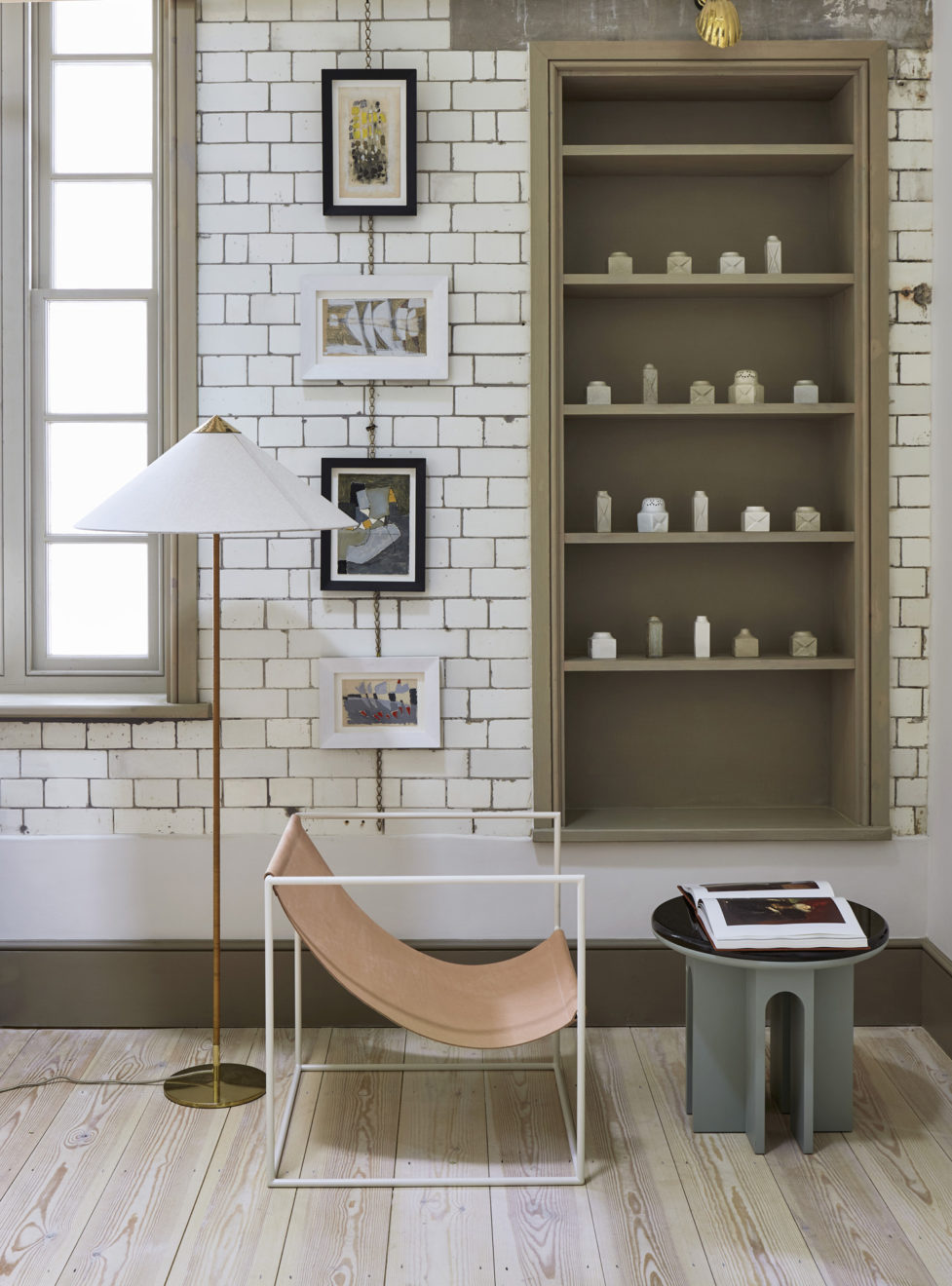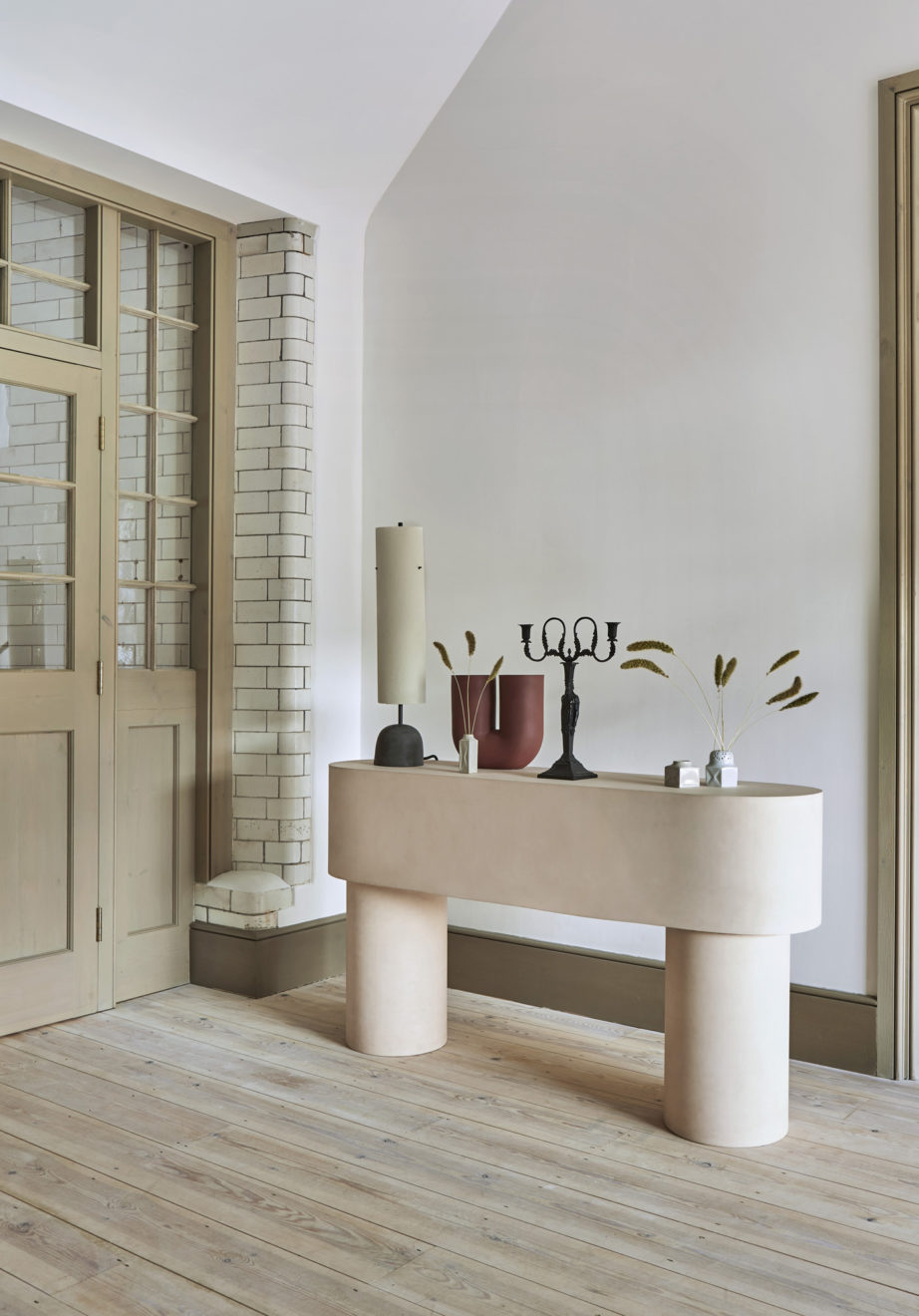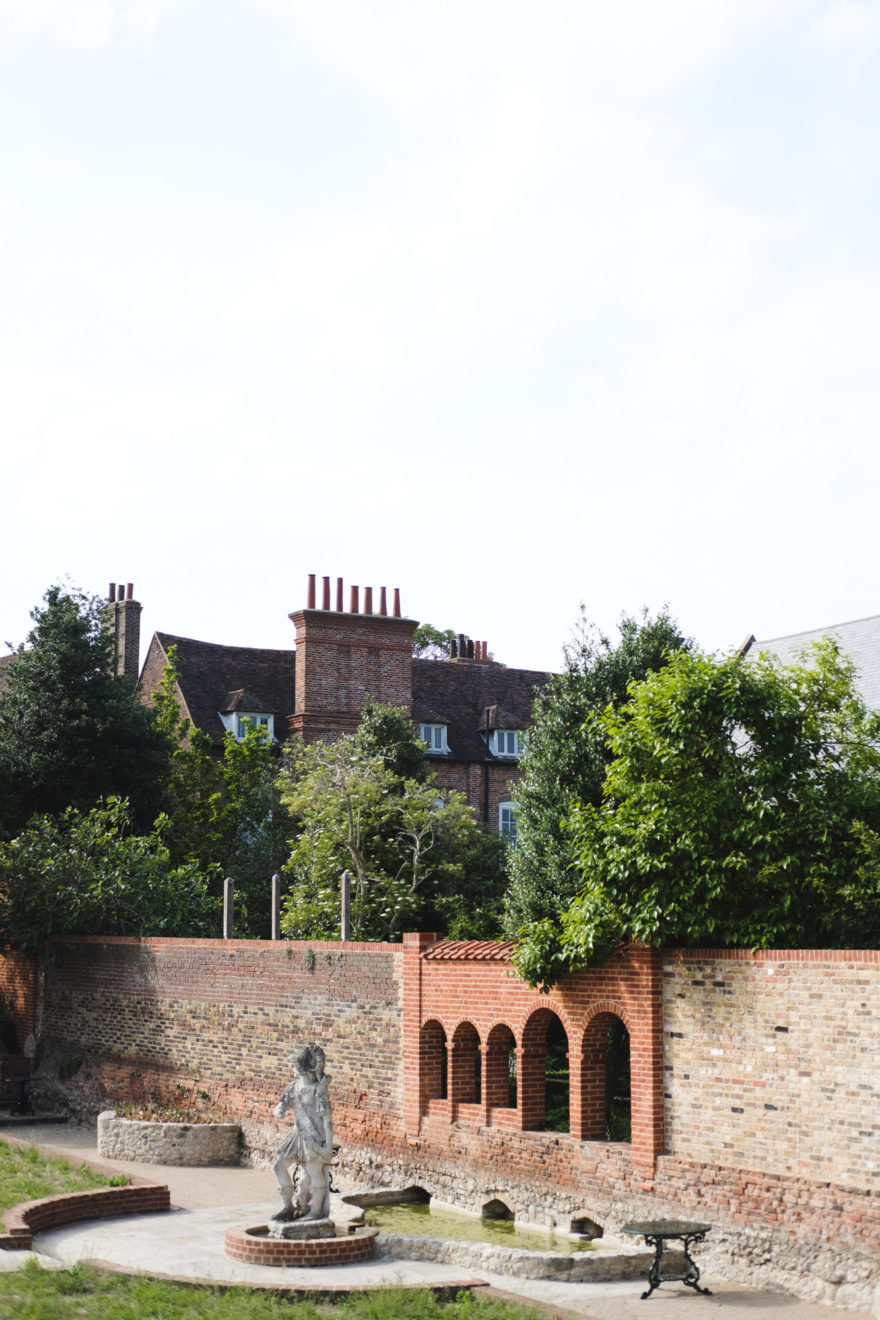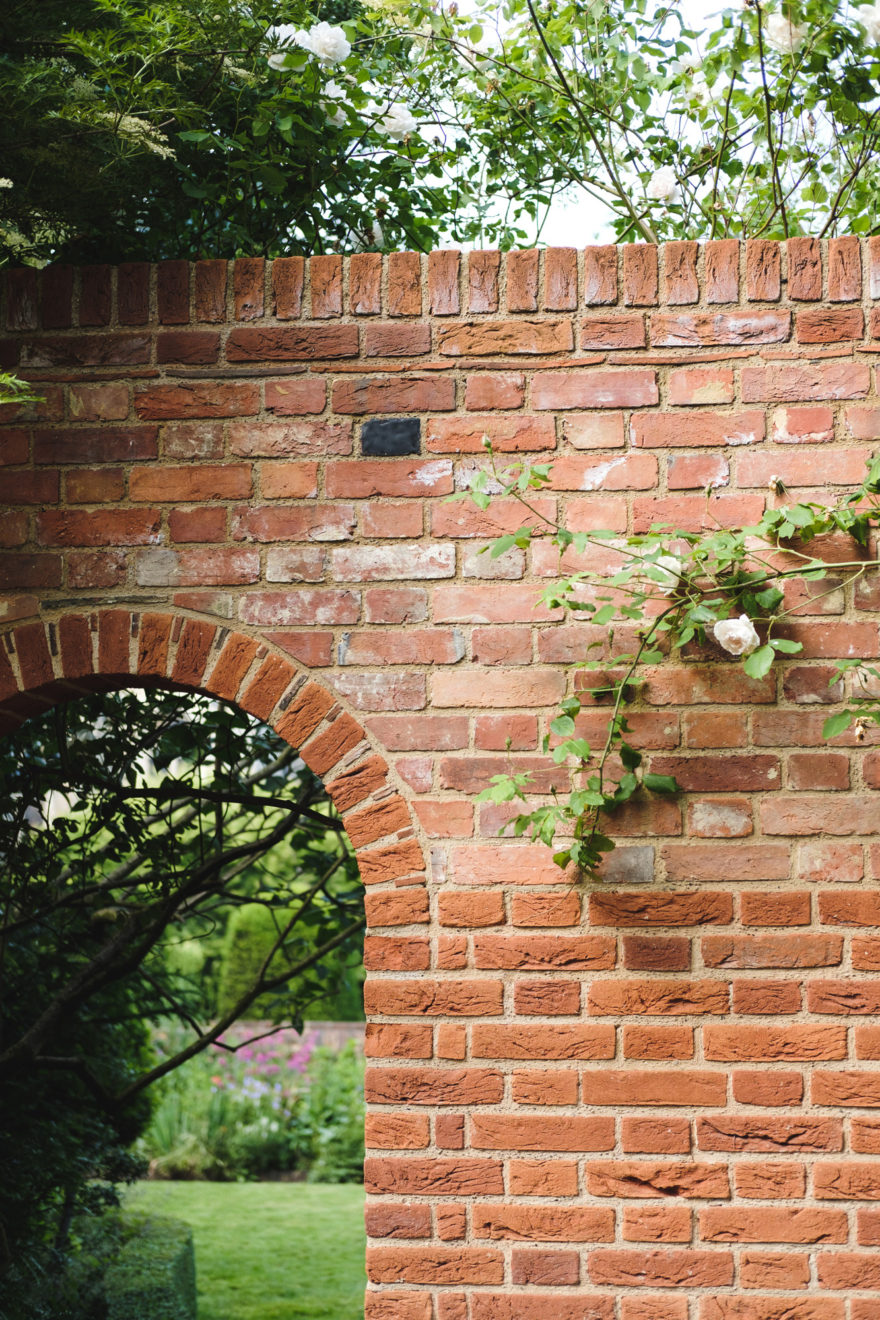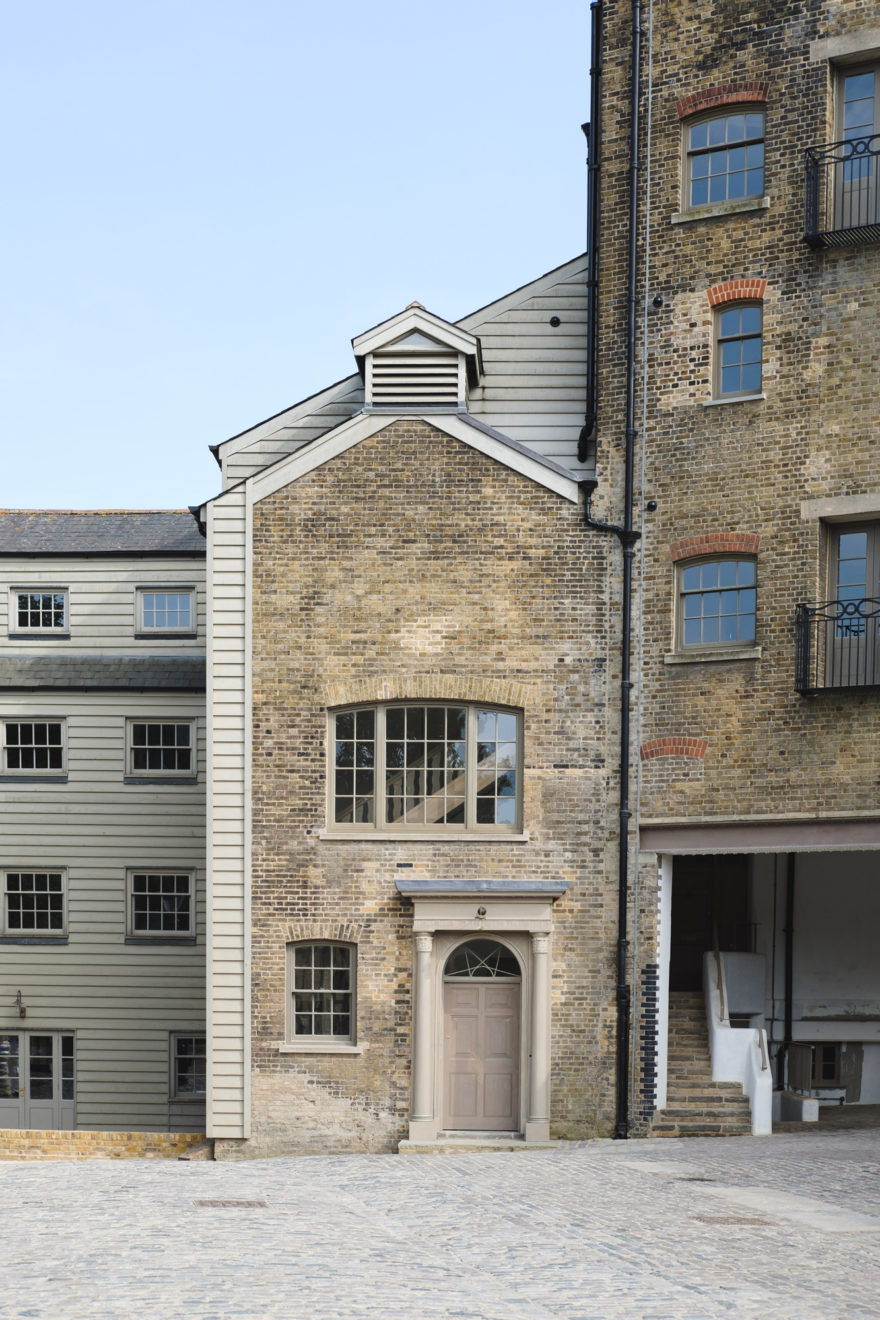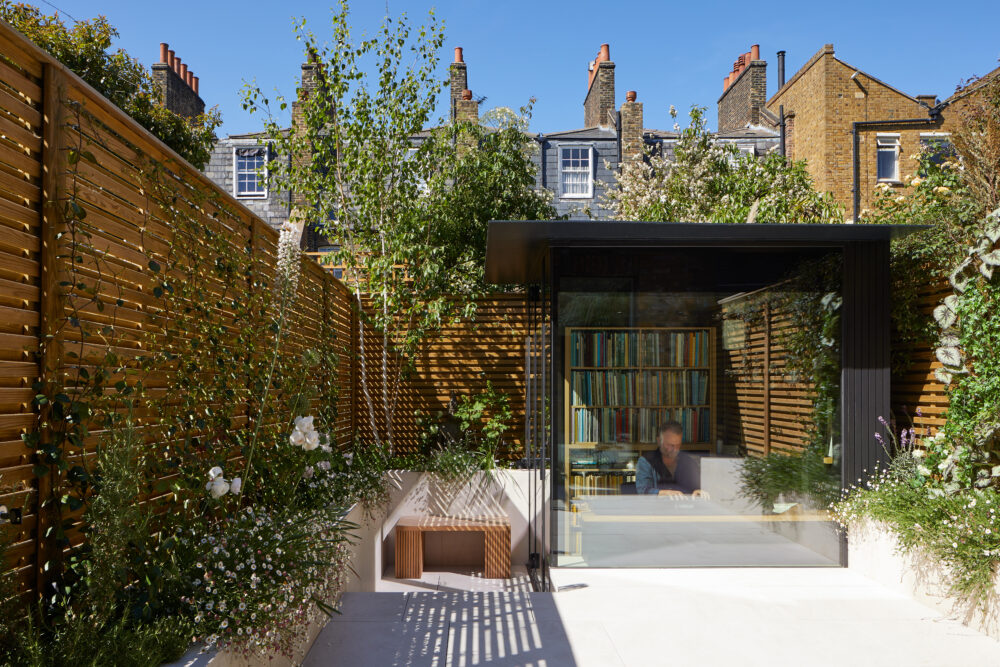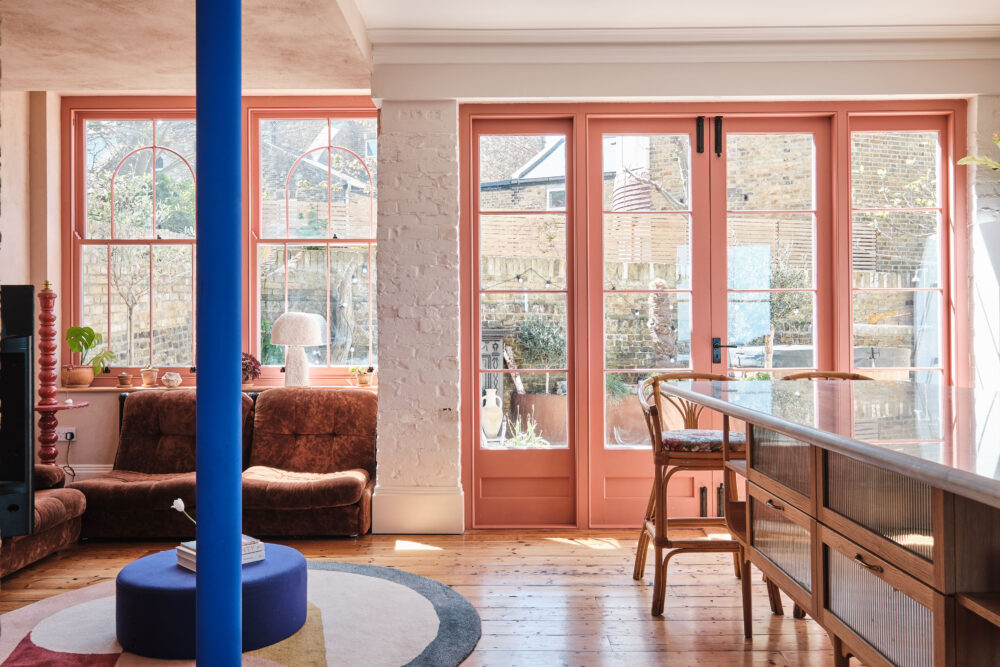Woodhams Brewery
Woodhams Brewery in Rochester sits on the estate of the Grade I listed Restoration House, which dates back to Elizabethan times. Over the last 15 or so years, the owners of the estate have revived it entirely, creating the feel of a country escape in the heart of this vibrant Kent town.
The brewery has been considerately renovated into beautiful and spacious apartments, which make full use of the building’s unique history in their design. Meanwhile, the adjacent Restoration House has been reestablished as a working mansion, with the charms of its original mid-17th century Continental aesthetic revealed for all to enjoy.
We speak to the owners about this enormous undertaking, to find out where their passion for the project comes from and what they discovered on the journey to create these one-of-a-kind spaces.
Parts of Restoration House go back to 1485 at least, when it was a traditional timber-framed Kentish hall house. But between 1585 and about 1630 it was gradually transformed by Nicolas Morgan and his son-in-law, Henry Clerk, into a much grander Elizabethan E-plan mansion, clothed in fashionably mannerist brickwork with its own formal garden and mini-estate surrounding it. The owners were Royalists but, during the Civil War, they rented it to the local commander of Cromwell’s army and kept the estate largely intact. And so, it was here that Charles II stayed on the night before his Restoration in 1660, setting out at dawn to ride into London, cheered on all the way by crowds celebrating the end of Puritan Rule. Arguably that day was the beginning of the political compromise between the monarch and parliament that paved the way for Britain to become the dominant industrial and trading power of the 18th and early 19th century. So, in a way, the name commemorates one of the most important days in our history, when the country found a way to reconcile tradition with the demands of the future.
But Charles II’s reign was also the peak of prosperity for the house. In June 1667, Pepys visited and described it in his diary as a “pretty seat”; by 1685 the grandson of Henry Clerk died without a male heir, and the estate was sold which started off a long decline. The main house was divided into two for rental, part of the old hall house demolished to make a more fashionable residence for naval officers waiting for their next commission, and some of the grounds turned into a market garden. At the end of the century, an Act of Parliament granted the owners the right to supply piped water to the City of Rochester from the abundant natural spring in the grounds. And, around 1750, the first Brewery was built to take advantage of the pure chalky water – perfect for golden ale.
We think the young Charles Dickens got to know the Brewery and House when he was about 12, and many years later he used them as a model for Miss Havisham’s house in Great Expectations, when he pictures the Brewery as desolate and deserted – a metaphor for Pip’s state of mind after first meeting Miss Havisham and the beautiful Estella. Between the young Dickens and the end of WWI, the brewery prospered, and so the existing magnificent building largely dates from the 1860s to 1913. By the late 20th Century, its fortunes had declined again; it was first a cash and carry and then an empty shell. And desolate was pretty much how it felt in 2009 when we bought the Brewery and surrounding land from a bankrupt developer.
That gave us two major projects – restoring the 17th-century formal garden and finding a new use for this wonderful relic of Victorian confidence and industry.
Bleak, unloved and misunderstood was what we inherited. Now it’s a unique place to live, work, create and relax in, where you feel connected to history, to craftsmanship, to natural materials and to a sense that life can be beautiful and productive at the same time. So yes, I think the vision has been realised.
Well, it certainly wasn’t making a quick profit! We spent 15 years making Restoration House beautiful again, stripping away inappropriate modernisation, using lime mortar and old bricks for repairs, uncovering the original paint and floors, understanding the light and using highly skilled traditional craftsman throughout. And in re-making or restoring the double walled garden to fit the house. And those are exactly the same principles we’ve used in bringing the Brewery back to life, complete with the estate workshop, an artist’s studio and extensive south-facing grounds that include a vinery, tropical house, melon house, water rill, long-border, grassy banks and plenty of space to relax in. So, I guess the vision was to evoke the feeling of living on a mini country estate tucked away in the heart of Rochester, and to restore the rugged beauty of the building itself.
The castle, the cathedral, the river, the High Street, the schools, the history of the place. The fast train service to Kings Cross or Victoria, and how close you are to the “Garden of England” and the Kent coast. Not to mention Don Vincenzo, our favourite restaurant, and Legends, our favourite workman’s cafe which is just around the corner. We love it here.
And these days lots of interesting people are moving down from London. In property terms you could almost think of it like Dalston 10 years ago, only with an even more interesting history. Or like Margate 5 years ago, only much more convenient for London.
The biggest challenges were to preserve the wonderful light and feeling of space inside, and to make the garden feel as though it might have always been like this, even though it was born yesterday. It wasn’t easy – it’s taken us 10 years of hard thinking, planning and doing to get it right.
Deciding exactly how to divide up the space was very hard, but in the end we chose beauty and authenticity over narrow, commercial logic. So every apartment connects you to a different part of the brewing process, but also to a tradition of craftsmanship and good materials that goes back centuries.
Perhaps the single most satisfying thing, though, was the way in which using our homemade paint, with natural earth pigments, for the woodwork enhances the natural light and calms the spirit. It’s hard to explain in words but everybody feels it when they are here.
The Taproom is slightly bonkers in one sense – a 2/3 bedroom apartment with the same cubic footage as a 6-bedroom house! It isn’t really suitable for a large family (one or two children max.) but it’s also the perfect place for a creative couple – of any age – who can afford and appreciate the luxury of having so much beautiful space to live in. Or work from home in if required. With a wonderful sun-drenched garden to match, which, by the way, is maintained and curated by us at no expense to the leaseholders. And you’ll be part of a small community that truly believes in the value of craftsmanship and good buildings to enhance our everyday lives.
The garden is pretty much finished now, with a few new bits of planting to come and just the Orangery left to build. At Restoration House, the garden has become more beautiful every year as it has matured and we hope the same will be true in the Brewery grounds. It gets all the sun that’s going, is very sheltered, and is supposed to be of at peace with the interiors – so that you have the same sense of care and beauty whether you are inside or out.
Back in March and April it was like being locked down in your own private paradise. Hopefully that won’t happen again, but if it does we’ve got that covered!

